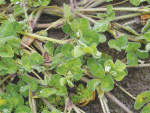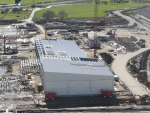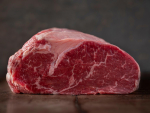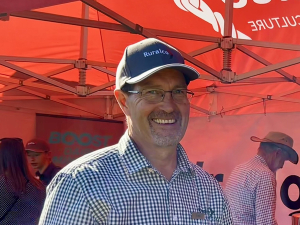Prices for inputs used on New Zealand sheep and beef farms decreased 2.1% in the year to March 2016.
This should provide some small relief for farmers facing lower product prices this season.
The latest Beef + Lamb New Zealand (B+LNZ) Economic Service sheep and beef on-farm inflation report shows a 2.1% decrease in the 2015-16 year follows a 1.1% increase the previous year.
It was driven by falls in prices of interest and fuel. It was only partly offset by a rise in repairs, maintenance and vehicles prices, B+LNZ chief economist Andrew Burtt says.
Of the 16 input categories, prices for 10 increased and six decreased. The size and weighting of the decreases more than offset the increases.
The largest price increases were for repairs, maintenance and vehicle running costs (+1.7%); administration (+1.4%) and wages (+1.2%). Prices decreased by 14.5% for interest and 12.7% for fuel.
"Excluding interest, there was no underlying on-farm inflation – compared with -2.1% when including interest – in the year to March 2016. It highlights the significance of interest expenditure in total farm expenditure," Burtt says.
"After fertiliser, lime and seeds, interest is the second largest area of expenditure on sheep and beef farms, accounting for 15% of total farm expenditure."
The report identifies annual changes in New Zealand farm input prices for various expenditure categories. The on-farm inflation rate is determined by weighting the individual input category price changes by their proportion of total farm expenditure.











